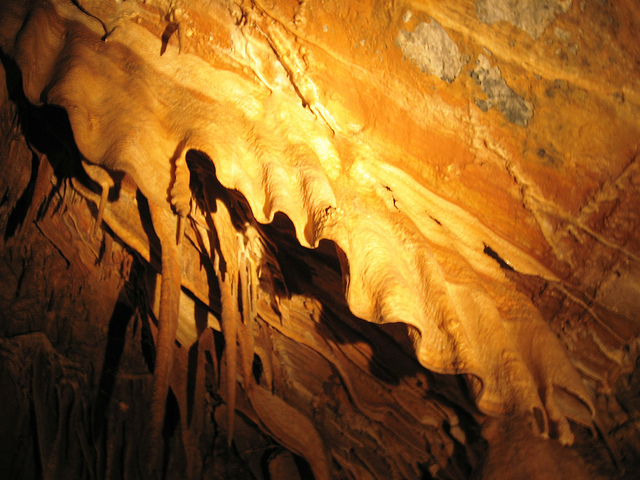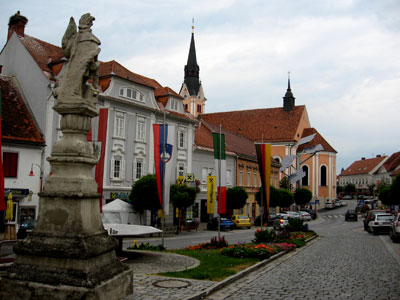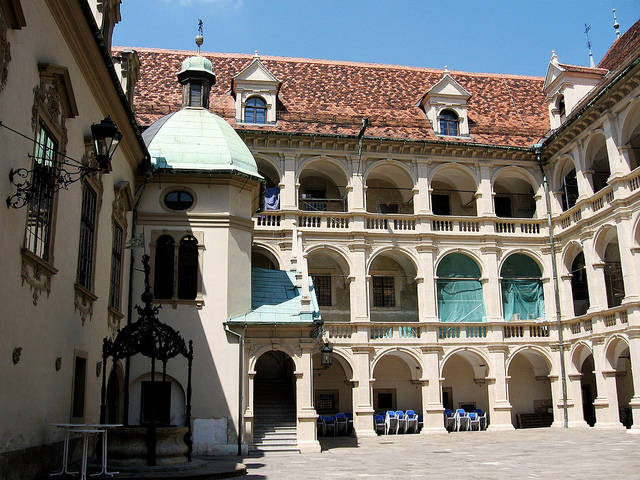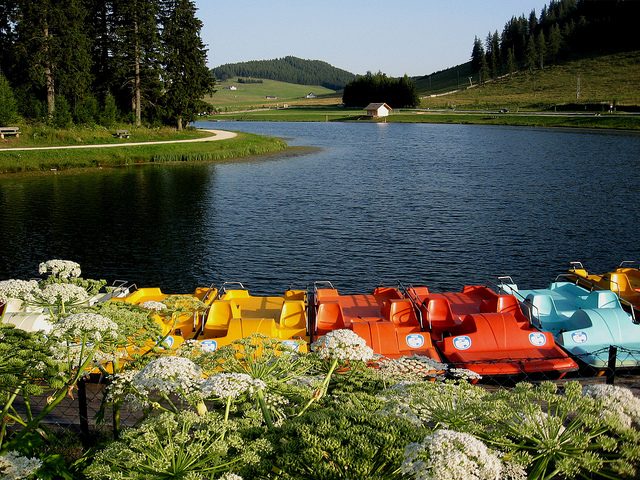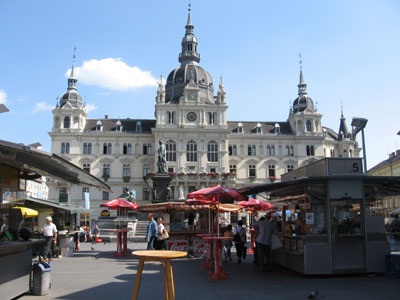Finally, after the rather rainy day yesterday I opened my curtains to an absolutely gorgeous day today. The lush green Alpine foothills and mountains surrounding Weiz were competing with the brilliant blue sky to catch my attention and naturally I had to get out on the road and explore. I started with a visit to the large pilgrimage church in my home town of Weiz. It is assumed that a church, more specifically a Roman basilica, was located on the hill above Weiz already around the middle of the 11th century. Due to poor lighting conditions inside the church, this building was remodeled several times, until in the mid 1700s a decision was finally made to replace the church with a new building. Construction on the new baroque style church began in 1757 and was finally completed in 1776.

The “Weizbergkirche”, a jewel of baroque construction
The Weizbergkirche is a very imposing house of worship and was a well-known pilgrimage church, as early as the 12th century. It became a very popular pilgrimage destination in the 17th century, but since then the number of pilgrims has dropped substantially. It is the largest church in the district capital of Weiz, and a landmark that can be seen on virtually every postcard of my home town. I was particularly amazed when I walked inside the church and saw the renovated 18th century frescoes that are once again impressing visitors with their astounding colours and details since their recent renovation.

The high altar
Directly in front of the church is an elevated plateau from where there is a great view over the town and the surrounding area. A sculpture called the “Balance Beam” reminds people of the transience of life. On the southern slopes of this hill is the cemetery of Weiz which features many graves going back several hundred years. One of the most famous graves in this cemetery belongs to Aurelia Schwarzenegger, mother of that most famous Austrian export: Arnold Schwarzenegger.

The adjacent cemetery
I then hopped into my car and drove up to the next higher hill, the so-called “Landscha”, which also overlooks the town and has been a very popular residential area for decades due to its great views. The top of the plateau features a forest and agricultural fields and is a popular destination for joggers and bicyclists. From here I drove into the forest and turned eastwards into a mountain valley called Ponigl.

Outside view
Just a few minutes outside of town, this area is nevertheless very rural, remote and agricultural. Various farms, some centuries old, are dotted throughout the countryside and still actively involved in agriculture, be it growing corn or raising cattle. The valley ends in a dead end and only forest roads and hiking trails will take you up into the surrounding mountains. One area close by is known as the “Galgenwald” (Gallow’s Forest), an area where local criminals were hanged until a couple of centuries ago. Many legends surround this area and to this day there is an area that features three stone columns that were used a long time ago for executions by the regional court.

The organ of the Weizbergkirche
Past the quaint village of Oberdorf I continued to my next destination: Schloss Thannhausen (the Castle of Thannhausen), an extensive country estate that was originally mentioned as early as 1177. The current version of the castle was constructed in Renaissance style in the 1500s and features a stunning inner courtyard with rounded-arch arcades. On a regular basis this courtyard is used for concerts and provides a perfect backdrop for musical enjoyment.

Schloss Thannhausen, a Renaissance castle
After a quick drive back and through the town I headed into the “Weizklamm” (the Weiz River Gorge), a steep incision into the surrounding limestone rocks that drop vertically down to the Weizbach. Interestingly, a main regional road has been built into the rocks and is so narrow in some parts that is impossible for two vehicles to pass each other.

Coats of arms above the entranceway
I filmed the entire 2.5 km drive through the Weizklamm and quite often I had to stop and let one of the many transport trucks that frequent this road pass. Mirrors in the corners help drivers see whether there is traffic approaching, and the locals are very used to driving on this narrow road in between the rocks. On top of the rock cliffs there is a hiking trail called the “Jägersteig” (Hunter’s Trail) which provides great views over the surrounding mountains and the gorge.

The country church of St. Kathrein am Offenegg
